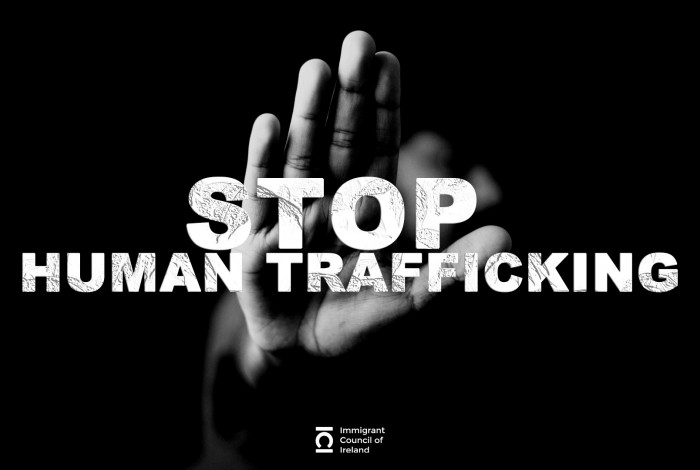
NGOCSTIP – The global fight against human trafficking has gained significant momentum in recent years. As we move into 2025, global anti-trafficking initiatives have made notable progress in raising awareness and developing more effective strategies. However, despite these achievements, challenges remain that hinder the complete eradication of trafficking worldwide. In this article, we will explore the progress made in combating trafficking and the obstacles that continue to impede these efforts.
Over the last decade, international collaboration has been at the forefront of the global anti-trafficking movement. The United Nations, alongside various non-governmental organizations (NGOs), has played a crucial role in advocating for stronger laws and greater enforcement. In 2025, many countries have updated their legal frameworks to better address trafficking, including harsher penalties for traffickers and increased protections for victims.
The establishment of task forces and specialized units within law enforcement agencies has also improved the identification and rescue of trafficking victims. These units have been trained to recognize the signs of trafficking, often working undercover to dismantle trafficking networks. In addition, more countries have strengthened border control measures to prevent the illegal movement of people across borders.
Awareness campaigns have expanded globally, informing citizens about the risks of trafficking and how to report suspicious activities. These campaigns use a range of media platforms, including social media, television, and radio, to reach broad audiences. Public education efforts have also been instrumental in preventing vulnerable populations from becoming victims in the first place.
“Read about: Reuniting with Family: 46 WNI Victims of Human Trafficking Return to Indonesia”
While there has been significant progress in recent years, challenges persist in the global anti-trafficking fight. One of the primary obstacles remains the difficulty in tracking and identifying victims. Traffickers are increasingly using sophisticated methods, such as forged documents and hidden routes, to transport individuals across borders without detection.
Another challenge is the lack of resources and manpower in certain regions to tackle trafficking effectively. Many countries, particularly in the developing world, struggle to allocate sufficient funding to combat trafficking networks. This makes it difficult for law enforcement agencies to adequately train personnel, conduct investigations, and provide support for survivors.
The rise of online platforms and social media has also created new avenues for traffickers to exploit vulnerable individuals. Online recruitment for sex trafficking, labor exploitation, and forced marriages is on the rise. Many victims are lured through fake job offers or promises of a better life, only to be coerced into labor or sexual exploitation. Addressing this issue requires constant adaptation of anti-trafficking strategies to match the rapidly evolving digital landscape.
“Read more: US Forest Service and National Park Service to Lay Off Thousands of Workers”
One of the most important developments in recent years has been the strengthening of international cooperation in anti-trafficking efforts. Many countries have signed international treaties and agreements to work together on this issue. These agreements have made it easier to extradite traffickers, share intelligence, and coordinate cross-border operations.
In addition, multilateral organizations like the United Nations and INTERPOL have facilitated joint efforts between nations to combat trafficking. These organizations have set international standards for victim protection and are working to harmonize laws across borders to ensure that traffickers cannot escape justice by fleeing to another country.
Another critical area of progress has been in the rehabilitation and support of survivors. Several programs have been launched to help reintegrate trafficking victims back into society. These programs offer psychological counseling, vocational training, and legal assistance to help survivors rebuild their lives.